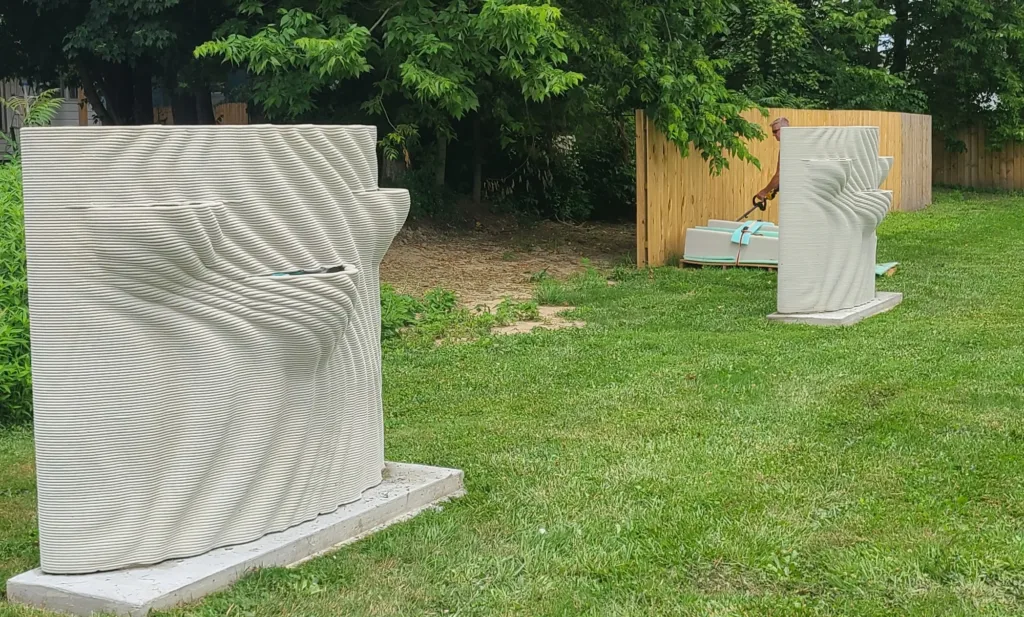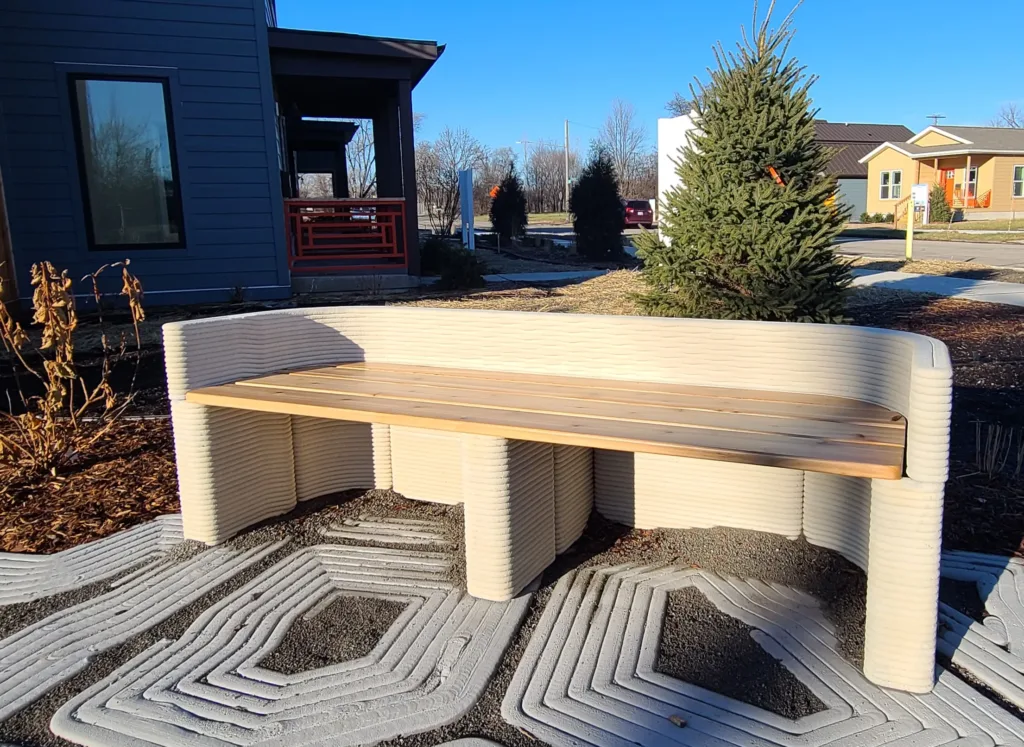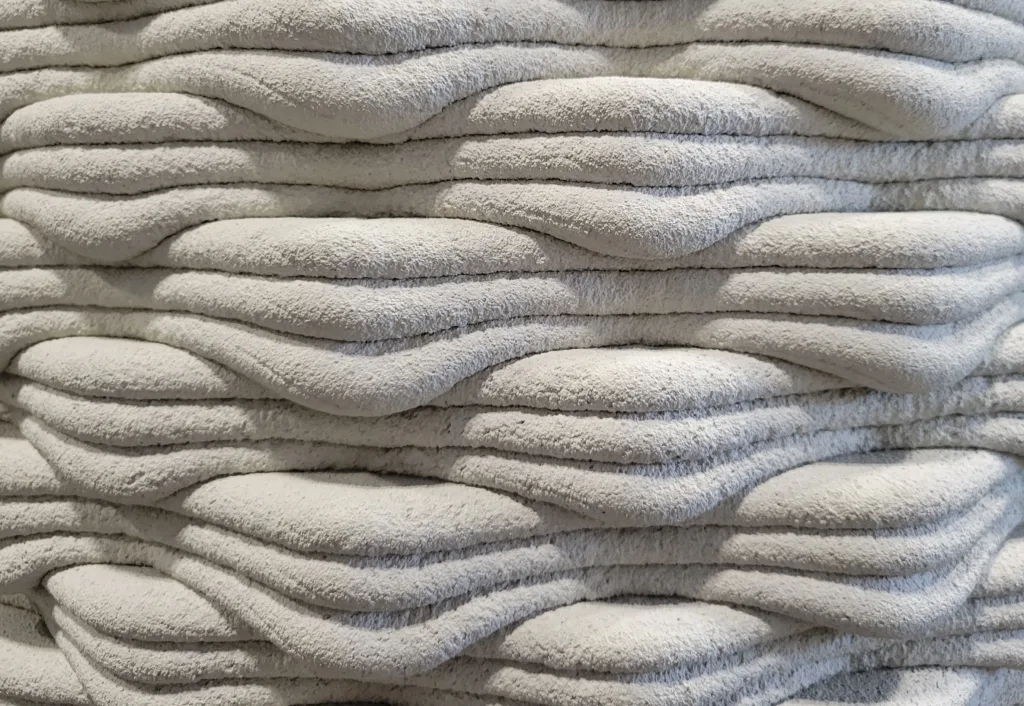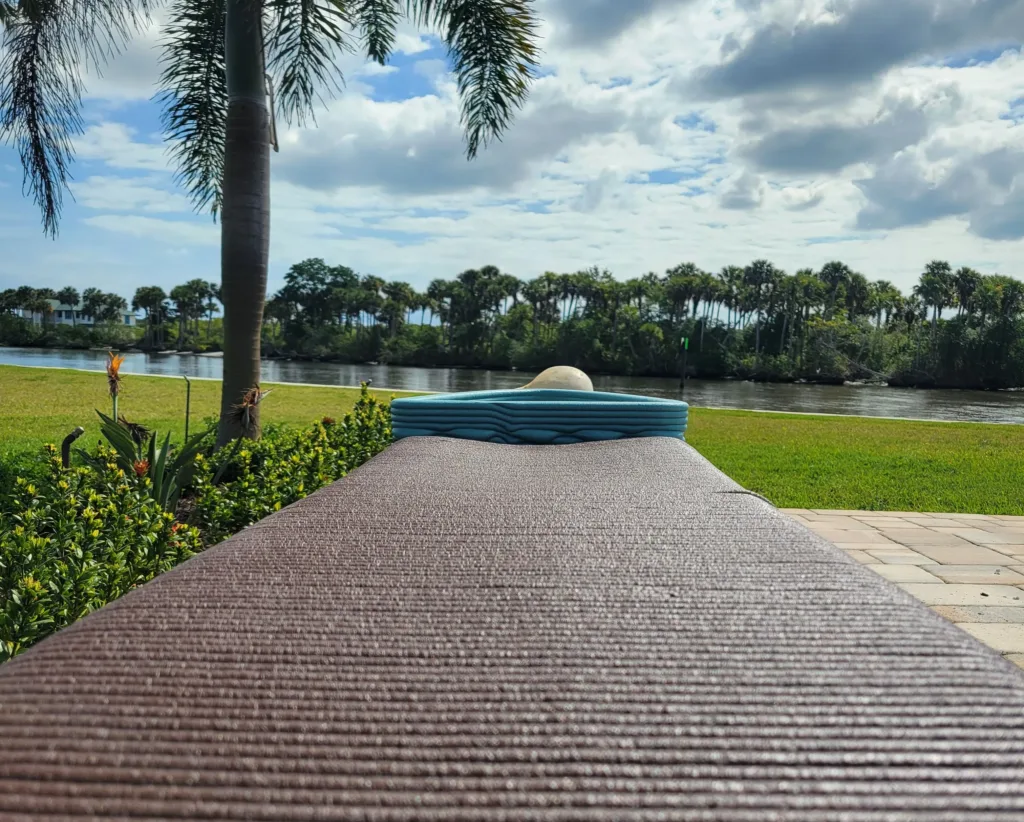
Decorative & Functional Concrete
Concrete has long been valued for its durability, but in 2025 it is also emerging as one of the most versatile and design-forward materials for outdoor spaces. Advances in 3D concrete printing (3DCP), custom mixes, and creative finishes now expand what’s possible for homeowners, designers, and developers alike. As a result, outdoor environments feel both highly functional and distinctly personal — and decorative concrete plays a central role in this shift.
Why Concrete Design Is Evolving Outdoors
Concrete has always offered strength, yet today it is also chosen for its adaptability. Outdoor spaces need to remain sustainable, resilient, and multifunctional while also making a bold design statement. This shift has encouraged designers and builders to view concrete as more than a foundation material — it’s becoming a key part of the creative palette.
Top Outdoor Concrete Ideas Shaping Design
Personalized Features with Concrete
Clients increasingly ask for outdoor elements that reflect their identity. With 3DCP, designers can create logos, motifs, and textures directly in planters, benches, walls, and signage. Instead of settling for standard molds, homeowners and businesses now enjoy custom pieces that function as both structure and art.
Blending Concrete with Wood, Metal, and Greenery
Another strong trend is mixing concrete with natural or complementary materials. Concrete provides the structural backbone, while wood, metal, or plants add warmth and contrast. For example, planter walls with trellises or benches framed in hardwood create outdoor designs that balance strength with organic appeal.

Sustainable Mixes and Climate-Resilient Finishes
Sustainability shapes many outdoor projects in 2025. Builders are turning to carbon-sequestering concrete, permeable finishes, and flood-resistant designs. These solutions reduce environmental impact, lower maintenance needs, and keep outdoor spaces functional even under challenging conditions.
Textured Surfaces That Invite Interaction
The layered look of 3D printed concrete is no longer hidden. Instead, designers highlight it. Patterns inspired by sand ripples, stone, or geometric grids add visual depth and tactile quality. This approach transforms plain walls or benches into conversation pieces that invite people to engage with the material.

Multi-Purpose Elements with Modern Design
Outdoor features now serve multiple roles. Planters double as privacy walls, benches include hidden storage, and columns integrate lighting. With 3DCP, function and design align seamlessly, creating elements that adapt to each space without sacrificing style.

Looking Ahead at Decorative Concrete
In 2025, decorative concrete represents more than just finishes or patterns — it represents the union of beauty and utility. Through 3D printing and material innovation, outdoor environments are moving beyond standard forms and embracing limitless possibilities.
Whether it’s a custom planter set, a striking entry feature, or a resilient public bench, decorative concrete ensures that outdoor spaces remain expressive, sustainable, and built to last.
